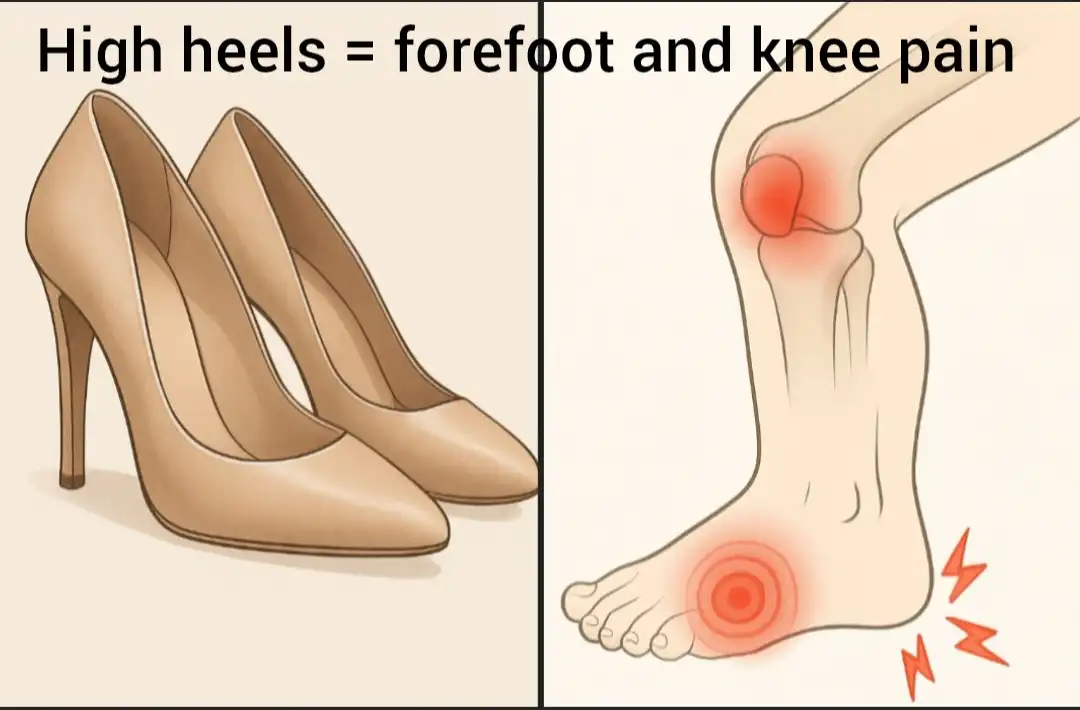Running is one of the most popular and effective forms of exercise, but choosing the wrong shoes can quickly turn a healthy activity into an injury risk. The correct footwear not only enhances performance but also protects against common problems like shin splints, plantar fasciitis, knee strain, and ankle injuries.
Dr. Samir Pilankar, a renowned Arthroscopy and Joint Replacement surgeon in Mumbai, has been guiding patients and athletes for decades on how to protect their joints and improve mobility. With over 25 years of experience, advanced training in Switzerland, Spain, and Germany, and more than 5,000 successful surgeries, Dr. Pilankar has become one of India’s leading orthopedic experts. Honored with the Abdul Kalam Award, Times Icon Award 2022, and listed among India Today’s Top Orthopedic Surgeons 2025, he shares his medical perspective on what to look for in the best running shoes.
1. Learn Your Foot Type Before Buying
Dr. Samir Pilankar explains that runners must first understand whether their feet are flat, high-arched, or neutral. This affects how the foot strikes the ground and the type of shoe support required. Flat feet generally need stability and arch reinforcement, while high arches often benefit from extra cushioning to reduce impact.
2. Comfort Always Comes First
According to Dr. Samir Pilankar, style should never outweigh comfort. Shoes should feel supportive, balanced, and free of friction from the first step. Ill-fitting fashionable designs may cause blisters, corns, or bunions, making long runs painful. Prioritizing comfort ensures better performance and long-term foot health.
3. Select the Right Cushioning Level
Different runners require different amounts of cushioning. Dr. Samir Pilankar notes that marathon runners usually prefer plush midsoles for shock absorption, whereas sprinters need firmer soles for speed and agility. Inadequate cushioning can lead to heel pain, shin injuries, and stress fractures.

4. Proper Fit Prevents Injuries
Fit is one of the most overlooked factors. Dr. Samir Pilankar advises shopping for shoes later in the day when feet are naturally swollen, similar to running conditions. There should be a thumb’s width of space in the toe box and a snug but not tight grip around the heel. A poor fit may result in black toenails, blisters, or ankle instability.
5. Match Shoes to Your Running Surface
Running surfaces vary, and shoes should be chosen accordingly. Road runners need lightweight shoes with good shock absorption, while trail runners benefit from rugged soles with better grip and ankle stability. Dr. Samir Pilankar emphasizes that using the wrong shoe for your terrain increases the risk of slips, falls, and joint strain.

6. Replace Shoes at the Right Time
Even the best shoes have a limited life span. Dr. Samir Pilankar recommends replacing running shoes every 500–800 km (roughly 300–500 miles). Old shoes may still look fine on the outside but lose their inner support, forcing the joints to absorb more stress. Runners should track mileage to avoid injuries from worn-out footwear.
7. Test Before You Commit
Dr. Samir Pilankar strongly advises testing shoes before purchase. A short jog inside the store or on a treadmill helps assess comfort, grip, and support. What feels good when standing still may not perform well during movement, so testing ensures the right choice.
Final Thoughts: Running Smart with the Right Shoes
The ideal running shoes are not defined by brand or design but by how well they match your foot structure, comfort needs, and running environment. Dr. Samir Pilankar highlights that investing in the right pair is a long-term safeguard for joint health, performance, and injury prevention. By following these expert tips, runners in 2025 can enjoy a smoother, safer, and more rewarding running experience.
